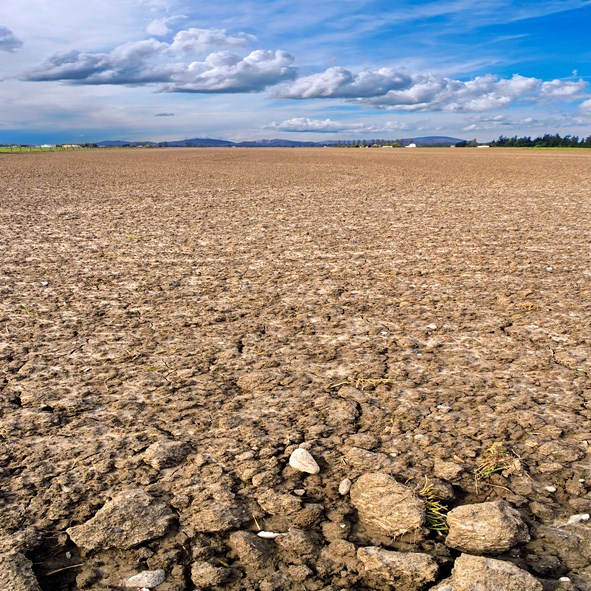A new report released recently on the impact of climate change on the country’s Prairie provinces shows the region is highly vulnerable to climatic shifts, and preparedness is, in many cases, lacking.
The regional perspectives report is the latest installment of a series of reports released by the federal government that looks at the localized impacts of the crisis.
The key take-away messages from the Prairie-focused report are: all ecosystems are already shifting and transforming; amplified extreme weather events such as floods, droughts and wildfires are likely to be the most challenging aspects of a changing climate in the Prairies; and, different social groups in the province are going to weather the impacts of climate change very differently.
There is also a spotlight on agriculture because of its importance to the Prairie provinces.
David Sauchyn, one of the report’s lead authors and professor at the University of Regina, says national reports are very useful but often miss the nuance of how climate change is impacting different parts of the country. For example, it was widely reported that Canada is warming on average twice as fast as the global rate of warming. That fact misses that northwestern Canada, from the Arctic dipping down into the northern parts of the Prairie provinces, is warming at roughly three times the average rate during the winter season.
As far as natural disasters go, six of the 10 most costly natural disasters have occurred in the Prairies. If the list is expanded to the 20 most costly events, 13 occurred in the Prairies, Sauchyn said. Since Alberta has the largest population of the three provinces (and the most infrastructure), it is where most of the insured damage occurs, he added.
“The climate events themselves are being amplified in all three Prairie provinces. And this amplification of weather events is one of the more challenging scenarios we face, and probably the worst-case scenario for the Prairies will be — and I say when, not if — when we’ve had years of back-to-back drought, but in a warmer climate,” Sauchyn said.
Drought is going to impact the region far more than in other parts of the country and yet is unlikely to show up on the lists of most costly disasters because the losses from drought aren’t counted in insured costs covered by insurance companies, he explained. Thus, monetizing these events in the same way is difficult.
Elaine Wheaton, adjunct professor at the University of Saskatchewan and contributing editor for the report, pointed out that for agriculture there were also opportunities for growth in a longer growing season and so on, but in order to make the most of those possible upsides, farmers would need to prepare for the negative impacts. This includes an increased occurrence of pests and invasive species, more heat waves, and water scarcity, Wheaton said.
The report also looked to show that different social groups will experience the impacts of climate change differently, either because of gender, socio-economic status, race or other factors. For example, rural parts of Canada have greater barriers to implementing adaptation policies than urban centres do. And of critical importance to the Prairie region is how Indigenous people will disproportionately feel the effects of climate change.
The report demonstrates that the changes in climate are forcing ecosystems across the three provinces to shift, threatening biodiversity in instances where adaptation isn’t possible on the fast-paced time frame. As an example, nearly all of Alberta’s alpine ecosystem is likely to have been converted to a subalpine ecosystem by 2050. There are also large swaths of boreal forest where tree cover isn’t likely to be sustainable and the forests will turn into grasslands.
“We desperately need navigation,” said Ian Mauro, Winnipeg-based executive director of the Prairie Climate Centre and contributing author of the report. “This kind of assessment is part of that navigation, and I think that it will encourage governments across the Prairies to continue to orient themselves to the best-available science. So, that they can plot a course — it doesn’t get you out of the storm — but it takes you through it in a way that you’re not crashing into the waves.”
The report was created with the help of Winnipeg-based International Institute for Sustainable Development, and the Prairie Regional Adaptation Collaborative, which represents the collaboration of all three provincial governments of Prairie provinces alongside Natural Resources Canada. It did not conduct any original research but rather worked to combine scattered information from more than 300 scientific reports on various topics.




